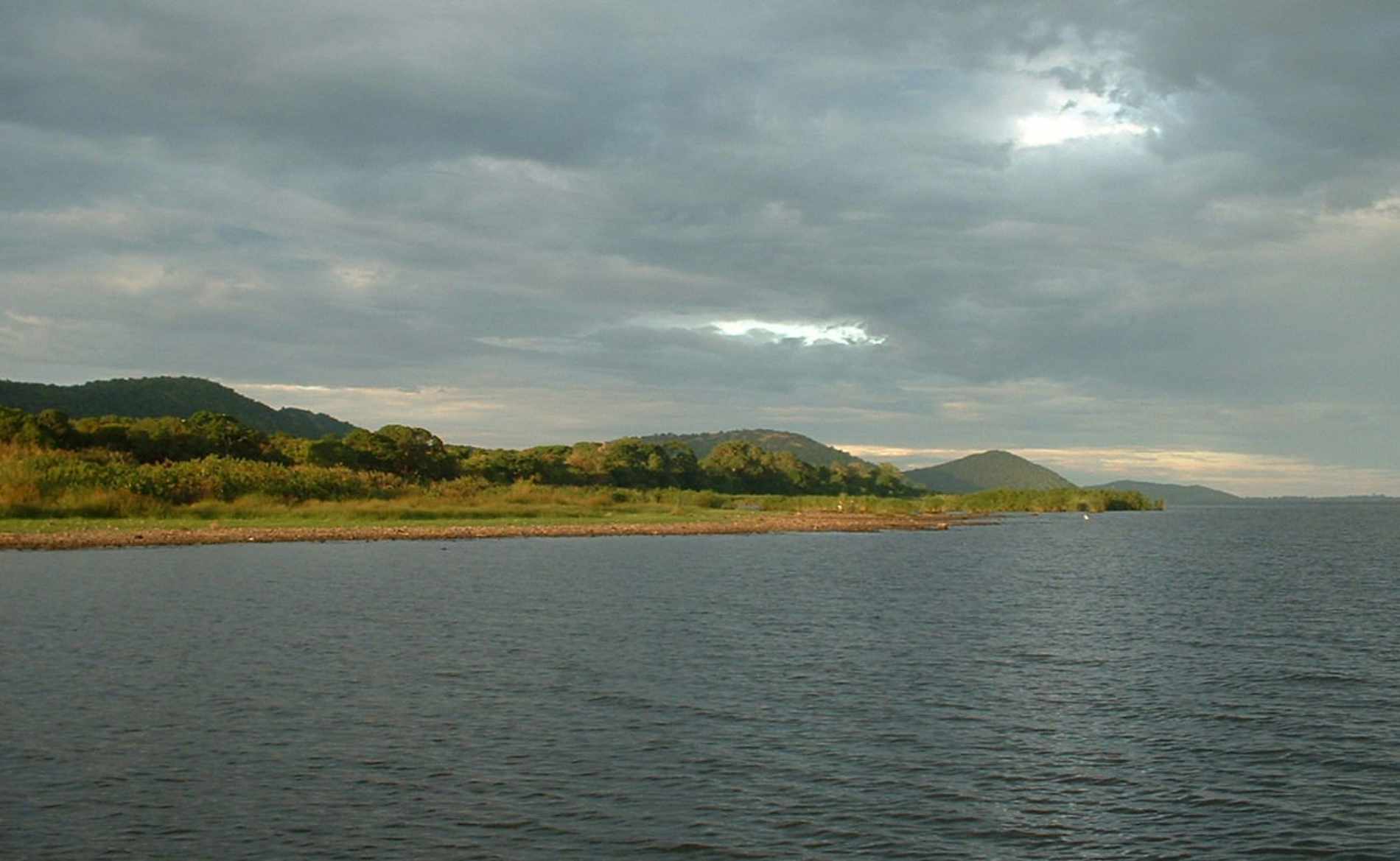Lake Tanganyika: the largest freshwater resource in Africa and the second deepest lake in the world
Facts Lake Tanganyika:
- Second largest lake in Africa and second deepest lake in the world
- Largest freshwater reservoir in Africa and second largest in the world
- Borders Burundi, the Democratic Republic of the Congo, Zambia and Tanzania
- Size: 32,900 km2 = almost as large as North Rhine-Westphalia with an average depth of 570 m and a volume of 18,900 km3
Highlights:
- Visit to the nearby Gombe Steam National Park and the town of Kigoma for swimming and relaxation
Lake Tanganyika connects the countries of Burundi, the Democratic Republic of the Congo, Zambia and Tanzania over a length of 673 kilometers. It is located in the East African Rift Valley and, with a maximum depth of 1,470 meters and an area the size of almost North Rhine-Westphalia, it is the deepest and second largest lake in Africa. Lake Tanganyika also has the second largest freshwater resources in the world. Due to its age and unique location, up to 300 species of fish can be found in Lake Tanganyika, 95% of which are endemic. Various species of cichlids, which can also be found in German aquariums, make the lake a great snorkeling and diving spot. The Gombe and Mahale Mountains National Parks are located on the shores of the lake, so you can enjoy its clear waters and swim in them. The fishing town of Kigoma, which is the starting point for your visit to Gombe National Park and possibly also Mahale Mountains National Park, also lines the shores of Lake Tanganyika. You can explore part of the lake in fishing boats or speedboats. The Liemba, the only large passenger ship built in Germany in 1913 that has sailed the lake since then, is currently docked in Kigoma for maintenance.





